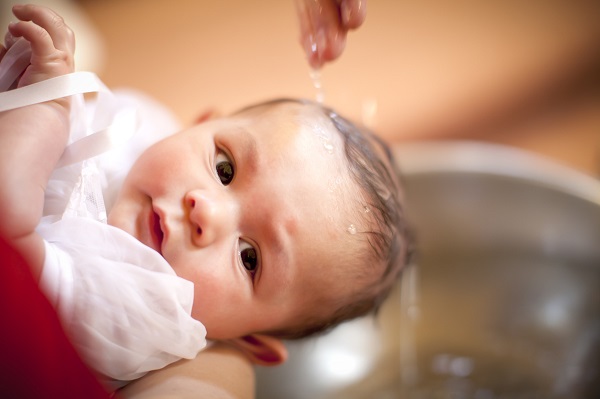Teething can be a tough time for parents and children alike, and there are many varied remedies about what can be done to relieve the pain. We’ve heard about ground cloves with all spice spread onto sore gums, doses of paracetamol or nurofen, other remedies like Bonjela and Teedex – and then there’s Baltic amber necklaces. Some parents swear by the healing properties of Baltic amber and some think it’s nonsense. The HSE has also warned about the use of these necklaces for a child, as they can pose a strangulation hazard. So what exactly are the facts from the myths?
What is it?
Baltic amber is a natural way of soothing your baby’s tender gums when they’re cutting teeth. In a necklace, bracelet or anklet the beads secrete a substance called succinic acid which is said to act as a natural pain reliever.
How does it work?
When worn against the skin, the beads warm up releasing small amounts of oil that contain succinic acid. It is said that it acts as a analgesic, relieving pain and aching in the gums from teething. This comforts the child and stops them from worrying at their teeth, letting them get on with their fun filled daily activities.
Why use it?
Succinic acid is a natural substance found in the body, and in some foods we ingest (most notably beer and wine for adults). People use Baltic amber in order to avoid relying heavily on over the counter pain medication when their baby is teething.
Who should wear it?
It is recommended that children no younger than 36 months wear amber teething necklaces as there are dangers of strangulation and choking. However, by this time most children would have their 20 baby teeth, cancelling out the need for the pain relief.
Note: If you do decide to use amber necklaces to relieve teething, never let your baby wear them unsupervised.
When should they wear it?
If you decide to use amber to soothe the pain from teething, watch and see if the child is drooling or fussing as this could be a sign of aching and tenderness while teething. Only use it for teething baby and always under supervision.
Note: Remember to never let the baby sleep with a necklace or cord around their neck. This poses a risk of choking and strangulation.
Fact or myth?
- Although the succinic acid is safe, and is indeed found in many foods we (adults) ingest daily, there is no evidence to suggest that it acts as a pain reliever.
- Baltic amber is the only type of amber that contains enough succinic acid to be absorbed through the skin and into the blood stream. Any other type of amber stone is irrelevant.
- Even if the beads are protected from breakage by inter-sectional knots, they are still able to fall apart causing a choking hazard.
- Any type of cord or necklace around a child’s neck is a strangulation hazard, which may be the reason people find it difficult to get on board.
Other ways to relieve teething
With this in mind, it is good to consider other options to soothe your child’s teething pains. Some useful ones are:
- Cool teething rings which are available in most pharmacies, toy stores and maternity shops. Stored in the fridge the cold helps to soothe the child’s aching gums while they’re teething.
- Nelson’s Teetha or other sugarfree substances, provides a mild analgesic and can be used for teething. Usually in powder or gel form, mild analgesics are available from most pharmacies or health food stores. They provide pain relief when rubbed gently into children’s sore gums.
Need to know more about child safety and amber teething necklaces? Check out the HSE website here
Originally posted 2017-02-15 11:41:44.









